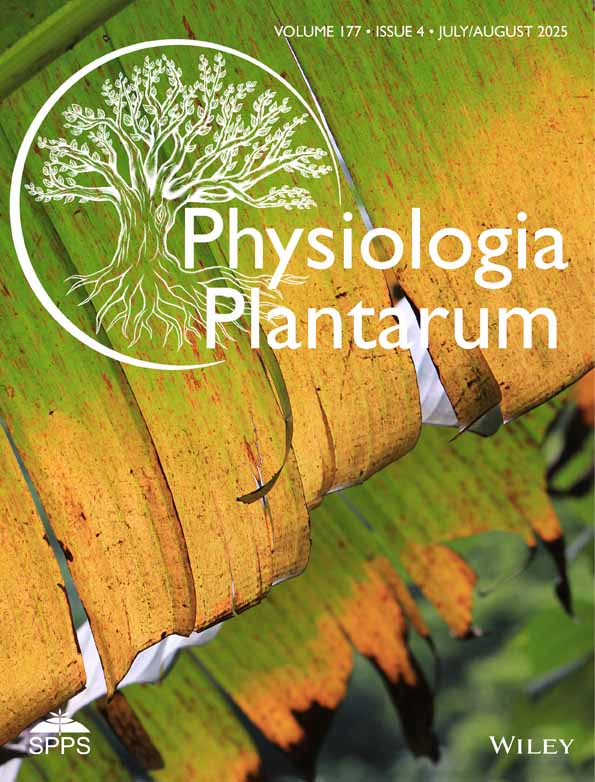Low temperature enhances petunia flower pigmentation and induces chalcone synthase gene expression
Abstract
Flower coloration is controlled by internal and external factors, including temperature. The aim of the present work was to examine the effect of temperature on anthocyanin synthesis and chalcone synthase gene (chs) expression in petunia flowers. A moderate-low temperature enhanced both anthocyanin accumulation and chs expression in the corollas. However, the effect on chs expression was not always correlated with that on anthocyanin content, suggesting a post-translational effect. The effect was local and required the exposure of corollas, but not the whole plant, to the ambient temperature. The response of chs to moderate-low temperatures did not coincide with its expression during flower development. Moderate-low temperatures only slightly affected gibberellic acid (GA3)-induced chs expression in the light, but activated chs expression under non-inducing conditions, i.e. in the absence of GA3 in the dark. The results of this study suggest that moderate-low temperatures do not simply enhance the developmental regulation of anthocyanin biosynthetic gene expression; they act as a specific and separate signal.
Abbreviations
-
- chs
-
- chalcone synthase gene
-
- pal
-
- phenylalanine ammonia-lyase gene
-
- SSC
-
- 0.15 M NaCl, 15 mM Na-citrate (pH 7.0)




